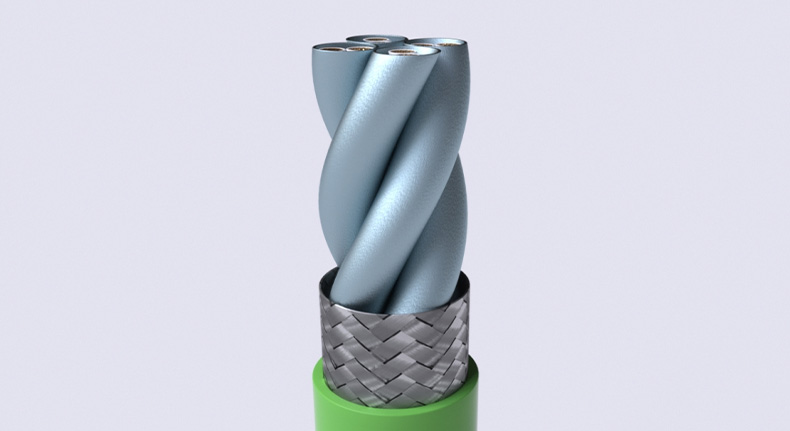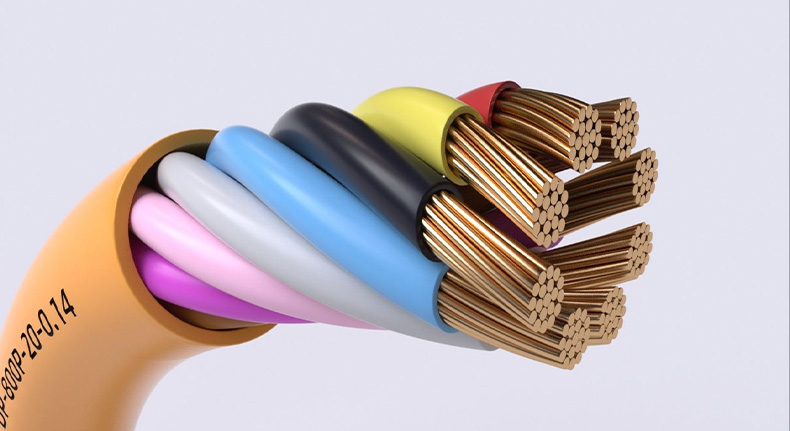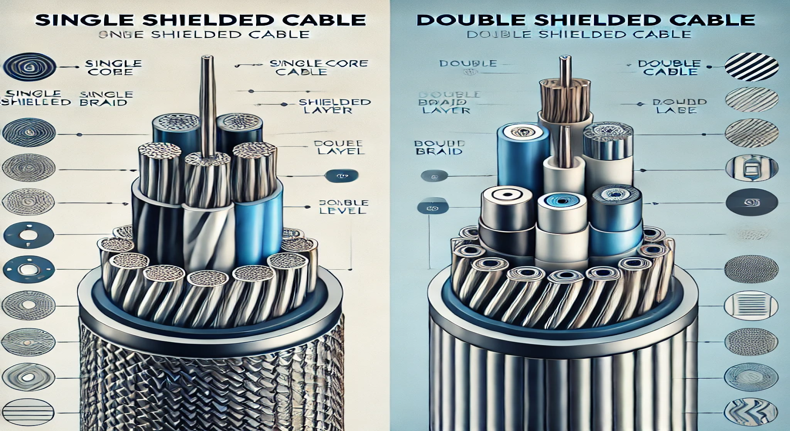A power cable is a cable that carries electrical current, typically transmitted point-to-point. Power cables can be divided into AC power cables and DC power cables. AC power cables usually carry high-voltage alternating current and must meet unified safety certification standards due to this high voltage requirement. The structure of a power cable mainly consists of an outer sheath, inner sheath, and conductor. Common conductors include copper, aluminum, and other metal wires.
The outer sheath, also known as the protective sheath, is the outermost layer of the power cable. It plays a vital role in protecting the cable and possesses several key characteristics, including high temperature resistance, low temperature resistance, resistance to natural light interference, good winding performance, long service life, and environmental friendliness.
The inner sheath, also known as the insulation sheath, is an essential component of the cable's structure. Its primary purpose is insulation to ensure the safety of the power line, preventing leakage between the copper wire and the surrounding air. The material of the insulation sheath should be soft to facilitate proper insertion into the middle layer.
Copper wire is the core component of a power cable, serving as the primary carrier of current and voltage. The density of copper wire directly impacts the quality of the power cable. Material selection for the cable is crucial for quality control, with factors such as the quantity and flexibility of the copper wire also being important considerations.
News

Shielded Cat5 vs. Unshielded Cat5: Which One Should You Choose?
Jan. 27, 2025

Dec. 23, 2024

What is the Difference Between Single and Double Shielded Cable?
Dec. 13, 2024
Get Your
Exclusive Quote
Product Category